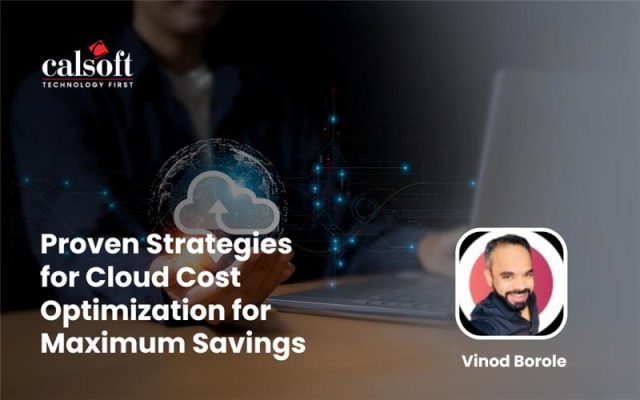OpenStack is an array of tools for creating and handling cloud computing platforms for both- private and public cloud. It is a free platform having many groups of linked projects that enable processing storage and networking resources throughout a data centre. It is software and hence whoever wants to use it can easily do so by accessing the source code. This is supported by big companies as well as many individual cloud community members who believe in the concept of OpenStack and believe it is the next big thing in the near future.
OpenStack is managed by the OpenStack Foundation, a non-profit which oversees both development and community-building around the project. It enables consumers to deploy VMs that can handle all cloud environment tasks from anywhere.
In a cloud environment, the consumer can compute from a remote location as the software runs as a service on a given sever rather than it being deployed on each user’s computer.
There are 9 major components that are identified by OpenStack community that bring up the core of this technology. These are available and officially maintained by the community at all times. They are listed below in brief:
Swift
Instead of storing data in the traditional ways by referring to locations on disk drives, Swift allows developers to refer to a unique identifier referring to the file or piece of information and let OpenStack decide where to store this information. This makes scaling easy, as developers don’t have the worry about the capacity on a single system behind the software.
Nova
Nova is the primary computing engine behind OpenStack. It is used for deploying and managing large numbers of virtual machines and other instances to handle computing tasks.
Cinder
Cinder is a block storage component, which is more analogous to the traditional notion of a computer being able to access specific locations on a disk drive.
Neutron
Neutron provides the networking capability for OpenStack. It helps to ensure that each of the components of an OpenStack deployment can communicate with one another quickly and efficiently.
Horizon
Horizon is the dashboard behind OpenStack. It is the only graphical interface to OpenStack. Developers can access all of the components of OpenStack individually through an application programming interface (API), but the dashboard provides system administrators a look at what is going on in the cloud, and to manage it as needed.
Keystone
Keystone provides identity services for OpenStack. It is essentially a central list of all of the users of the OpenStack cloud, mapped against all of the services provided by the cloud which they have permission to use.
Glance
Glance provides image services to OpenStack. In this case, “images” refers to images (or virtual copies) of hard disks. Glance allows these images to be used as templates when deploying new virtual machine instances.
Ceilometer
Ceilometer provides telemetry services, which allow the cloud to provide billing services to individual users of the cloud. It also keeps a verifiable count of each user’s system usage of each of the various components of an OpenStack cloud.
Heat
Heat is the orchestration component of OpenStack, which allows developers to store the requirements of a cloud application in a file that defines what resources are necessary for that application. In this way, it helps to manage the infrastructure needed for a cloud service to run.
To get started with this content, take a look at theOpenStack tag on Opensource.com.
To know more visit http://opensource.com/resources/what-is-openstack
Email us at: marketing@calsoftinc.com






